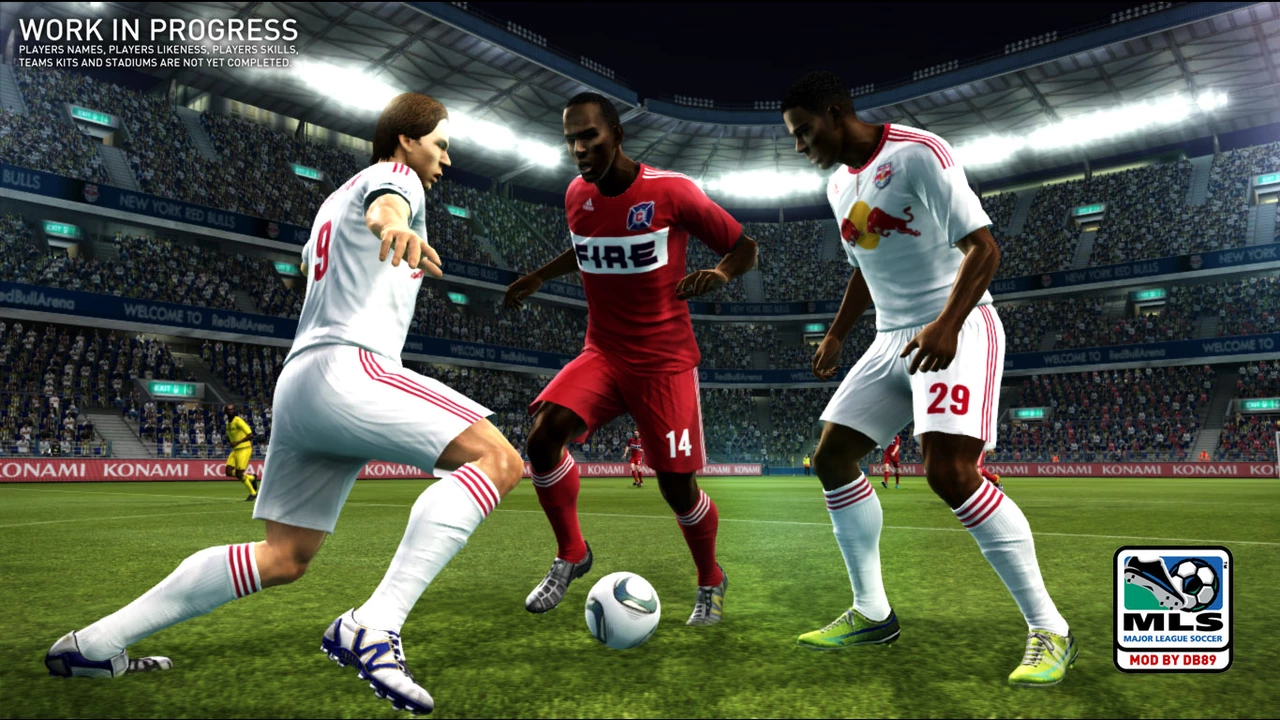Major League Soccer: All You Need to Know
When you hear Major League Soccer, the premier professional soccer league spanning the United States and Canada. Also known as MLS, it sits at the top of the North American soccer pyramid and drives the sport’s growth across two countries. major league soccer blends big‑time marketing, local rivalries, and a steady influx of international talent, making it a unique case study for anyone interested in soccer management.
Key Players Behind the League
Understanding MLS means looking at the ecosystem that supports it. FIFA, the global governing body for football sets the rules that MLS follows, from transfer windows to international match calendars. United States Soccer Federation, the national governing organization for soccer in the U.S. holds MLS’s official sanction, linking the league to the U.S. men’s and women’s national teams. Regionally, CONCACAF, the confederation covering North America, Central America, and the Caribbean coordinates continental competitions that MLS clubs can qualify for, like the CONCACAF Champions League. Finally, each MLS club, a franchise that fields a professional squad and runs community programs operates under a salary‑cap model that balances competitiveness and financial health. These entities together shape how the league runs, how talent moves, and how fans engage.
From a management perspective, MLS demands a blend of strategic planning and on‑field execution. The league requires robust player development pipelines, meaning academies, scouting networks, and data‑driven training methods are essential. It encompasses a salary‑budget structure that forces clubs to be clever with signings, often leading to creative use of Designated Player slots. Moreover, the league’s growth influences media rights deals and sponsorship strategies, which in turn fund stadium upgrades and youth outreach. For coaches, understanding the interplay between league rules and tactical freedom can be the difference between a mid‑table finish and a playoff run. Our hub offers deep dives into these topics, from salary‑cap mechanics to scouting tips for MLS talent.
Below you’ll find a curated set of articles that spell out the latest MLS match analysis, coaching insights, and management tactics. Whether you’re tracking club performances, dissecting league regulations, or looking for practical advice on building a competitive roster, the posts ahead give you the tools you need to stay ahead of the curve in the world of Major League Soccer.
